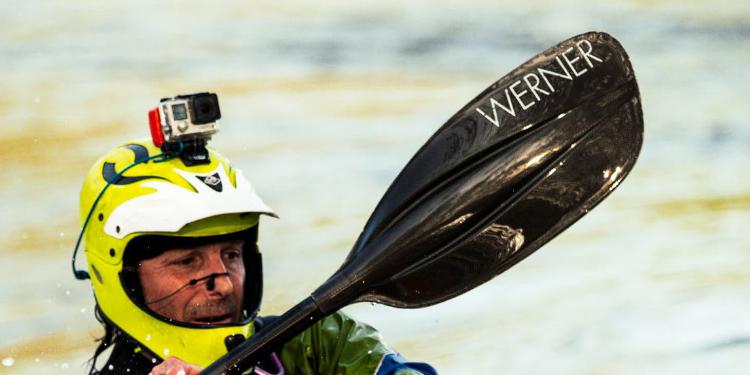For kayaking, in particular, you’d better have a basic understanding of nature’s rules in the water. You’ll want to know what you’re in for when you look at a river and how to analyze the water before you ever set foot in it. Analyzing rapids could be the most important skill you learn besides paddling; it’s good to know where to start.
Before ever setting out you’ll want to know a few basic facts about the river you’re facing. Do a little research, know the area around the river, and read any information from other kayakers about their experiences in that river. If there are any impasses that need to be circumvented, you’ll want to know before you get there. Have the area mapped out first.
Beyond simple research, you can make some very important observations while you’re out there that will help you to have a more enjoyable time. You should take note of the water speed and the current as well as the terrain around the river. If you are on a mountain you should expect steep drops and wild water, while valleys are slightly less predictable. If the slope is gentle and largely flat you’ll be bored halfway down the river though, so try and decide before getting in what you’re looking at.
Beyond the natural terrain look for anything out of the ordinary that might spell disaster later. Look for trees in the water or freshly fallen rocks. You want to know what you’ll be running into before you get there. Man-made obstacles are a similar problem. Look out for bridges and fences as well as the occasional barbed wire or dam.
Before heading out check the weather forecast to make sure you’re heading into something you can handle. Don’t expect easy to read conditions if there is a storm on the way. Heavy rain can quickly change the course of a whitewater trip, and you should be prepared. Check to see what has happened in the days leading up to your trip as well. If it’s been raining a lot of late, the river level might be higher.
The past weather is very important in case of the rise or fall of the water line in the river. In either case, you might be faced with unsafe conditions. Not only is it important to have a good idea of what you are paddling into, but it’s also important to know that it will stay the same as when you checked on it before. Unpredictable weather or past extremes might have changed the flow of the rapids over time and make your ride much less safe than you’d like.
In general, there are safeguards in effect to help a kayaker or rafter know what to expect when they approach a rapid. They are graded on a scale of I to VI and you should know the skill level that best fits you. Knowing the class of the rapids you’re attempting is important as well as your own skill level. Never push your limits right away. Build up to attacking those harder runs.
White water kayaking is a fun and rewarding outdoor sport, but without the proper preparation, it can become dangerous quickly. Take the time to research your river and the surrounding terrain, and you’ll likely have a much better time when you step into the water.




